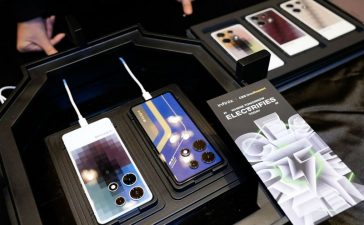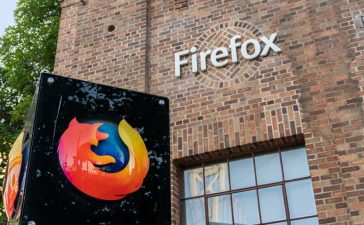- The brand’s organic share of voice.
- The propensity to buy based on branded, generic and competitor keywords.
- The relevance, which is measured by clickthrough rate and evaluates text similarity with content and ability to convert new-to-brand shoppers.
The machine-learning model continually evaluates these changing factors. It also accounts for ad-driven organic ranking improvements to continuously optimize investment in real-time across keywords.
Ultimately, Instacart played its hand brilliantly in regard to its IPO. The company could have easily been tempted to buy into its own hype based on a high valuation that was undoubtedly inflated by the Covid-19 pandemic. Instead, it has refined its core offering and, more importantly, built up the retail media side of its business to diversify and ensure longer-term success.
Now, brands that shrewdly use data science principles to power their media buying and drive sales on Instacart have shown they can win with consumers. And that’s a foundation likely to positively drive Instacart’s business for years to come.













